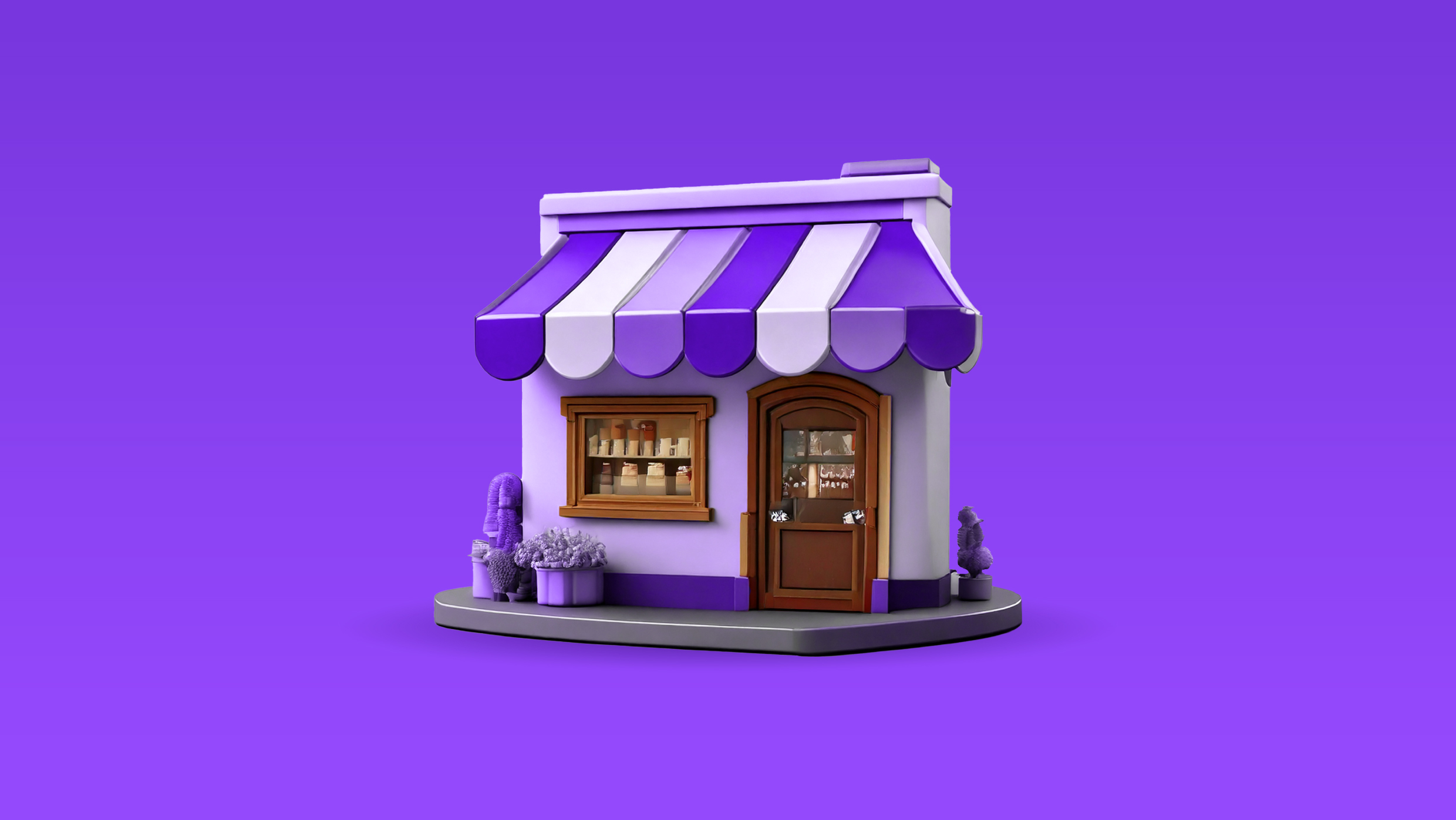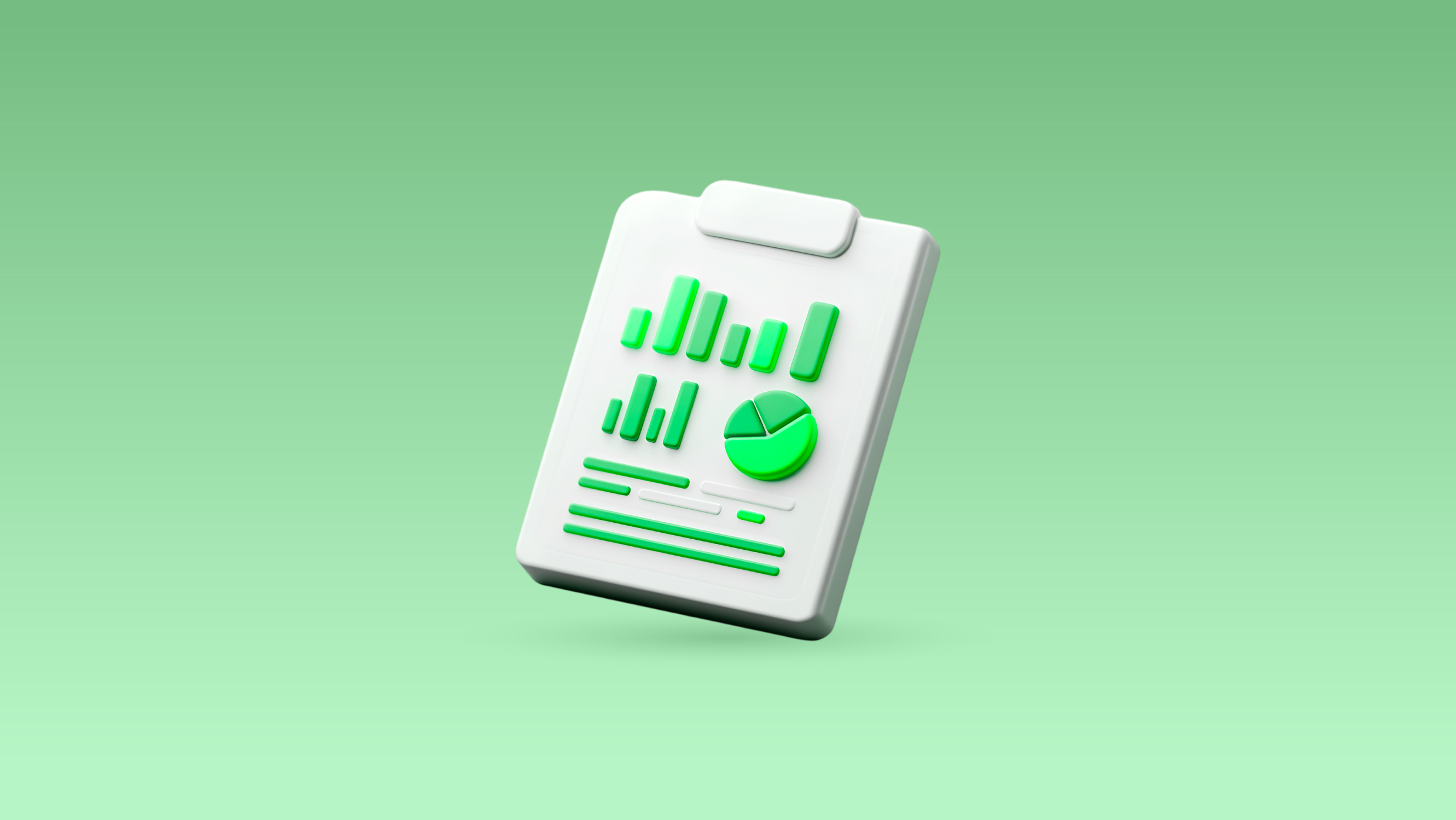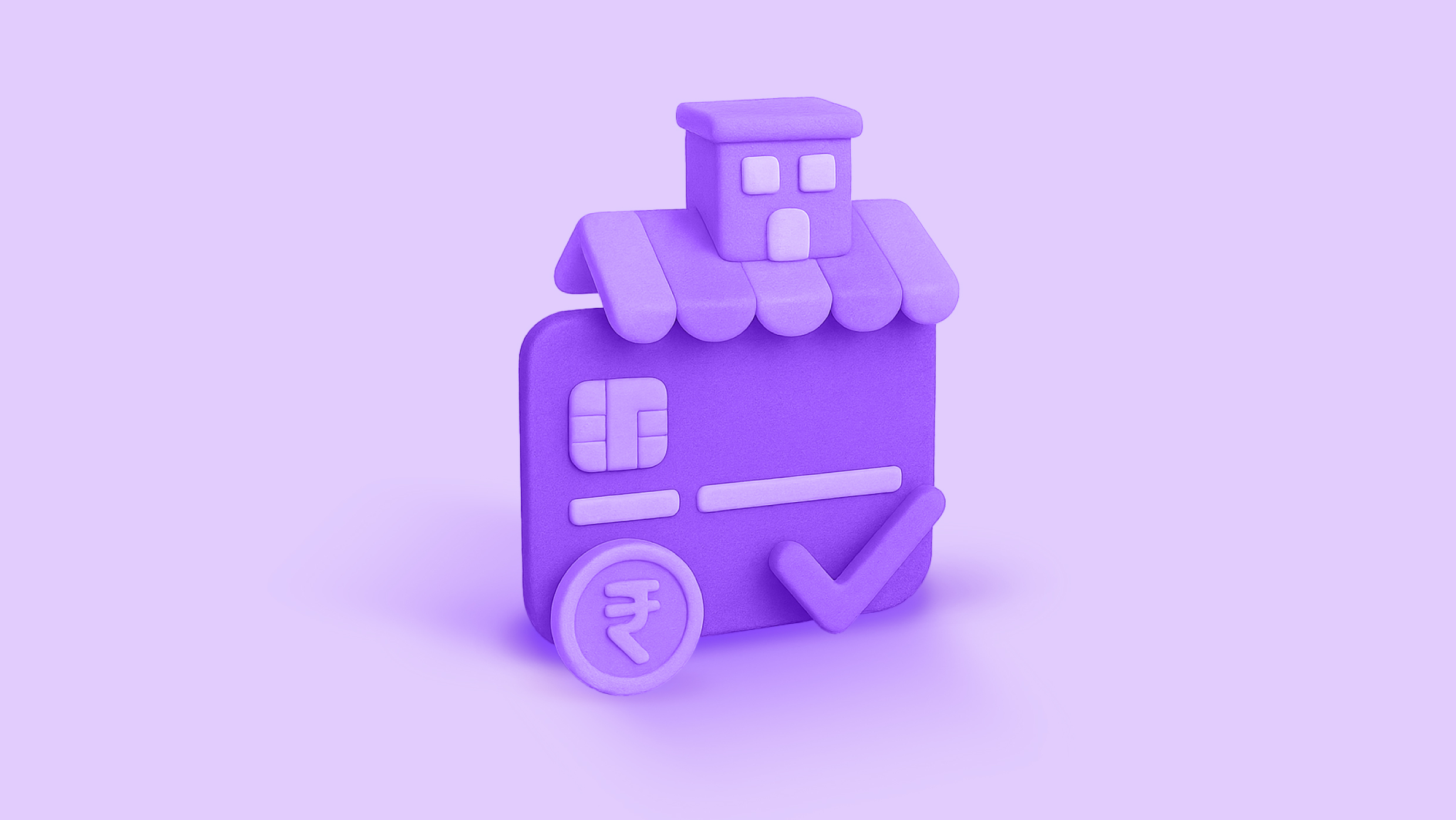Understanding the relationship between what a business owns and what it owes in the short term is fundamental to assessing financial health. This balance directly impacts operational capability, growth potential, and overall stability.
“Current assets” and “current liabilities” might sound like accounting jargon, but they reveal crucial insights about a company’s financial position. This post breaks down what these terms mean, how they differ from each other, and why maintaining the right balance between them matters for business success.
What are Current Assets?
Current assets are resources your business owns that are either cash already or can be converted into cash within a short period of time. Think of them as your financial fuel – ready to power your operations in the near future.
These include:
- Cash and cash equivalents – Money in hand and your business bank accounts, petty cash, and short-term, highly liquid investments
- Accounts receivable – Money customers owe you for goods or services already delivered
- Inventory – Products ready for sale, raw materials, and work-in-progress items
- Marketable securities – Investments that can be quickly sold when needed
- Prepaid expenses – These are payments your business makes in advance for things like insurance, rent, or subscriptions. Even though they don’t turn into cash, they’re still considered current assets because they cover future costs, which means you won’t need to spend cash on them later.
Current assets are like money in waiting – they either are cash or will soon become cash, giving your business its operating power. The calculation is straightforward: total up every resource your organization possesses that will convert to cash within some months. This includes your available cash, accounts receivable, inventory holdings, marketable securities, and any prepaid expenses on your books.
What are Current Liabilities?
Current liabilities are your short-term debts or obligations due within the next few months. These represent the financial commitments you must fulfill in the near term.
Common examples include:
- Accounts payable – Money you owe suppliers for goods or services received
- Short-term loans – Debt that must be repaid within a year
- Accrued expenses – Obligations you’ve incurred but haven’t paid yet, like employee wages or taxes
- Unearned revenue – Payments received for products or services you haven’t delivered yet
- Current portion of long-term debt – The part of your long-term loans due within a year
Consider a retail store that stocks up on inventory before the holiday season. They’ll have accounts payable to merchandise suppliers, upcoming rent payments, and employee wages—all current liabilities they must manage alongside their holiday sales revenue.
The Key Differences
While both current assets and liabilities operate on a short-term timeline, they function very differently on your balance sheet:
| Current Assets | Current Liabilities |
| What your business owns | What your business owes |
| Generate value or revenue | Represent obligations |
| Increase company worth | Decrease company worth |
| Can be converted to cash within a short period | Must be paid within a year |
| Strengthen financial position | Must be managed to maintain stability |
In essence, current assets represent financial strength, while current liabilities represent financial responsibilities. Both are temporary—they’ll either become cash or require cash.
Why the Comparison Matters?
The relationship between your current assets and liabilities is critical because it determines your working capital:
Working Capital = Current Assets – Current Liabilities
This figure reveals your company’s operational efficiency and short-term financial health. It impacts:
- Operational capabilities – Having enough cash to run day-to-day business
- Growth potential – The ability to invest in opportunities when they arise
- Credit worthiness – What lenders see when evaluating your business
- Crisis resilience – Your ability to weather unexpected financial challenges
If your liabilities outweigh your assets, it’s like having more bills than your paycheck can cover. You might stay afloat temporarily, but you’re headed for trouble.
How to Maintain a Healthy Balance?
Keeping your current assets comfortably above your current liabilities ensures financial stability. Here’s how to maintain that balance:
- Maintain adequate cash reserves – Aim for enough to cover 3-6 months of operations
- Improve receivables management – Invoice promptly and follow up on late payments
- Optimize inventory levels – Hold enough stock to meet demand without tying up excess cash
- Negotiate favorable payment terms – Seek longer payment periods with suppliers when possible
- Monitor and forecast cash flow – Regularly review your position to anticipate tight periods
- Use short-term financing strategically – Avoid over-reliance on loans to cover operational shortfalls
Small adjustments, like extending your payables by even a few days while collecting receivables more quickly, can significantly improve your working capital position.
Conclusion
Current assets and liabilities represent your business’s immediate financial reality. Assets are what strengthen your position, while liabilities are what you need to address in the short term. The gap between them—your working capital—indicates whether you’re positioned for stability or headed for cash flow problems.
By monitoring this balance regularly and making adjustments when needed, you ensure your business can meet its obligations while maintaining the flexibility to pursue opportunities. After all, in business, timing is everything—especially when it comes to cash flow.
FAQs
1. What is Current Ratio?
The current ratio measures a company’s ability to pay short-term debts with short-term assets. It’s calculated as:
Current Ratio = Current Assets ÷ Current Liabilities
A ratio above 1 is usually healthy, but the ideal number varies by industry.
2. What are non-current assets?
Non-current assets are things a company owns for the long term, like buildings, land, or equipment. They aren’t meant to be sold or used up immediately.
3. What happens if current liabilities are more than current assets?
If current liabilities are higher, it means the company might face issues to pay its short-term bills, which can be a sign of financial stress.
4. How do current assets and liabilities affect working capital?
Working capital is the difference between current assets and current liabilities. It shows how much short-term cash or resources a company has to run its daily operations.





